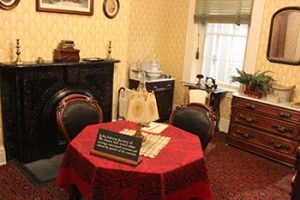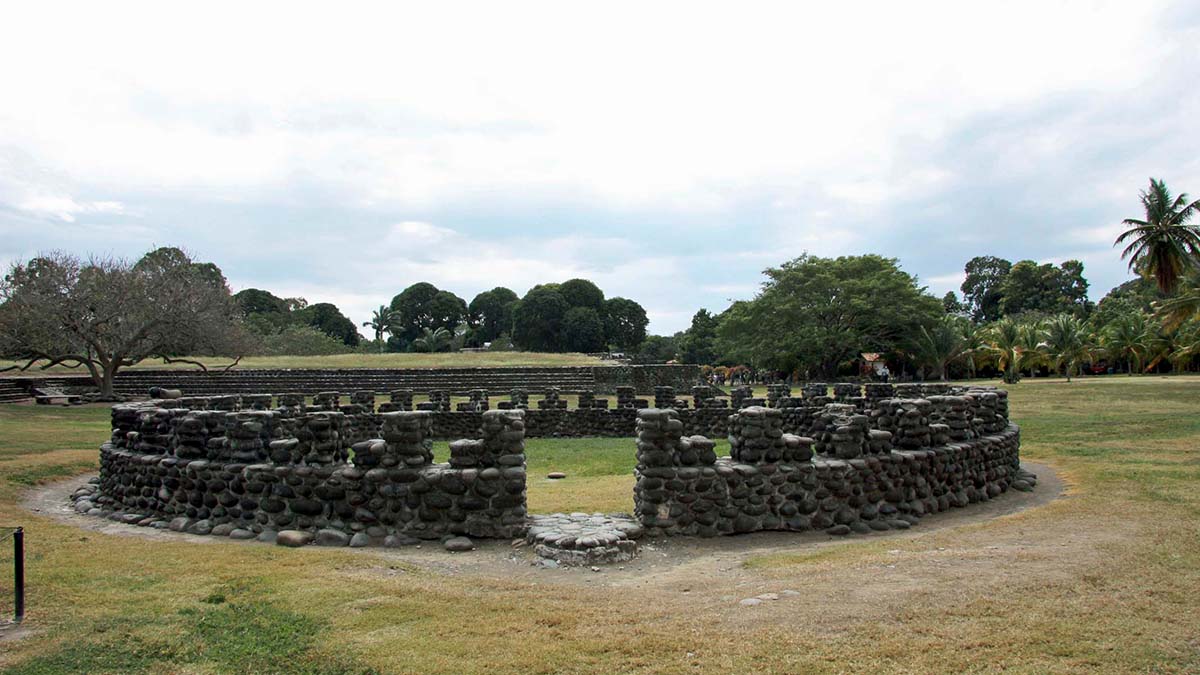
by Troy Herrick
Ambition, wealth, power, status, a thirst for adventure and even a little luck – dreams are made of these; and dreams are what propelled eleven Spanish galleons along the southeastern coast of Mexico in the spring of 1519 in search of military intel. The conquistadors on board were in need of intel because they wanted to establish a Spanish colony in Central Mexico.
By a stroke of luck, Hernán Cortés, the leader of the expedition, rescued a shipwrecked Spanish priest who had learned the Mayan language after having lived among them as a slave for eight years. His greatest prize however was receiving a tribute that included a young female slave who spoke both Mayan and Nahuatl, the language of the Aztecs. By means of three-way translation Cortés learned about Moctezuma II and the rich and powerful Aztec Empire in Central Mexico. The long road to the Spanish conquest of Mexico had begun.
San Juan de Ulua and Chalchihuecan in Present Day Veracruz
Cortés set his sights on meeting Moctezuma. But how would he achieve this? He started by making a lasting impression on Moctezuma’s ambassadors whom he met on the Island of San Juan de Ulua in the harbor of what is now present-day Veracruz. The brash Cortés demonstrated the power of his cannons, rifles and horses to the ambassadors and then suggested that they may wish to inform Moctezuma of his impending arrival in their capital of Tenochtitlan (present-day Mexico City).
Shortly after, Cortés and his men crossed over to the mainland at Chalchihuecan, just opposite the island, in order to establish a beachhead. After setting up camp on the malaria-infested dunes, a party of men was dispatched northwards along the coast in search of a safe harbor for their ships.
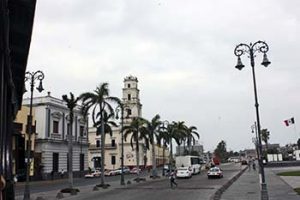 Walking along the Malecon opposite the island, you find nothing that hints at the significance Chalchihuecan in the conquest of Mexico. This is likely because present-day Mexicans are not proud of this period in their history.
Walking along the Malecon opposite the island, you find nothing that hints at the significance Chalchihuecan in the conquest of Mexico. This is likely because present-day Mexicans are not proud of this period in their history.
While at this new camp, Cortés first made contact with the local indigenous people known as the Totonacs, some of whom spoke Nahautl, and was invited to visit their capital to the north at Cempoala. You also have a standing invitation to visit Cempoala and you can plan your visit over a glass of Lechero Grande coffee at the Gran Café de la Parroquia. When you are refreshed, follow in the footsteps of Hernán Cortés.
Cempoala
As Cortés and his entourage approached Cempoala, he sent riders on ahead. Upon their return, they reported that everything was covered in silver. Imagine Cortés’ disappointment when he arrived and found that the “silver” was only the sun reflecting off the white plaster surfaces on all the structures inside the city.
Passing through the defensive walls surrounding the site, you find very little of that “silver” remaining today as the plaster has deteriorated over time. What you see instead are structures assembled from smooth river stones and limestone mortar, including the peripheral wall encircling the site.
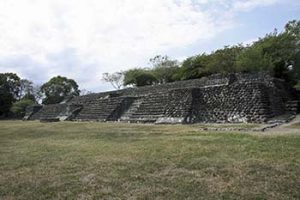 The six-tiered Temple of the Sun (Great Pyramid) is the largest structure at Cempoala. At the base there is a round structure that may have served as an altar or a fire pit. This circle has a 7 foot external diameter and a 10 inch depth. A similar pit is also visible about half way up to the summit. Choose one of the two balustrade staircases and climb the 17 stairs to the top for a panoramic view of the site. You also find that part of the right staircase has been cut away to reveal an earlier structure underneath as evidenced by 7 stairs that are not constructed from river stone like the outer structure.
The six-tiered Temple of the Sun (Great Pyramid) is the largest structure at Cempoala. At the base there is a round structure that may have served as an altar or a fire pit. This circle has a 7 foot external diameter and a 10 inch depth. A similar pit is also visible about half way up to the summit. Choose one of the two balustrade staircases and climb the 17 stairs to the top for a panoramic view of the site. You also find that part of the right staircase has been cut away to reveal an earlier structure underneath as evidenced by 7 stairs that are not constructed from river stone like the outer structure.
To the right of the Great Pyramid you find the Temple of Quetzalcoatl, the god of wind. This 5-tiered structure is unusual in that it consists of two sections; the front section is a rectangular platform while the back section is a circular platform representing the serpentine nature of this god. A model in the site museum shows that a circular sanctuary representing a coiled snake once stood on top of the circular platform. After climbing the 18 steps to the top you find that nothing remains of the sanctuary.
Three stone rings [TOP PHOTO] are situated at the opposite end of the site. The largest has an internal diameter of roughly 46 feet and the smallest about 4.5 feet. The most likely explanation for these structures is that they were used in tandem for calibrating astronomical cycles like the movements of the sun, moon and the seasonal changes over the course of a year. Each ring features a number of regularly spaced stepped pillars which could certainly have been used for such measurements. The largest ring has 40 pillars while the middle and smallest rings have 28 and 13 pillars respectively.
During his visit to Cempoala, Cortés allied himself with the Totonac chief. He also pledged to help free them from their 50 year subjugation by the Aztecs and their burdensome annual tribute to the Emperor.
At this time the soldiers sent out to find a better harbor had returned with important news. They had discovered another Totonac town that appeared to be a fortified port. Its name was Quiahuiztlan.
Quiahuiztlan
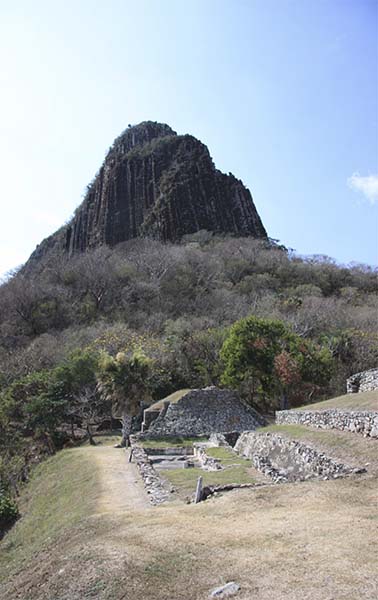 Arriving in Quiahuiztlan (pronounced “key-ah-wheez-tlahn”) you may feel that you are in Machu Picchu as this site is situated on a terraced slope adjoining a jagged mountain named Peñon de Bernal. With the aid of defensive walls, the residents must have felt relatively safe from any threats from below. These walls had proven to be ineffective as this city had also been subjugated by the Aztecs; now the Spanish were climbing the steep hill to make first contact.
Arriving in Quiahuiztlan (pronounced “key-ah-wheez-tlahn”) you may feel that you are in Machu Picchu as this site is situated on a terraced slope adjoining a jagged mountain named Peñon de Bernal. With the aid of defensive walls, the residents must have felt relatively safe from any threats from below. These walls had proven to be ineffective as this city had also been subjugated by the Aztecs; now the Spanish were climbing the steep hill to make first contact.
Quiahuiztlan is best known as a cemetery for the nobility of Cempoala. Unique in all of Mexico, this site has over 70 miniature mausoleum-style tombs scattered around three cemetery levels. Each mausoleum is between 2 to 3 feet high with 3 or 4 miniature stairs leading up a “crypt” that only a GI Joe or Barbie doll could enter. We didn’t notice any evidence that these tombs had ever been violated so presumably the original occupants are still interred here.
Not all tombs were created equal. Some are in fact full size and you are able to climb on them. Tomb 1 has 8 ballustrade stairs leading up to a platform on which you find the remnants of 6 square pillars. Perhaps this was once a mausoleum that a priest might enter in order to leave a sacrifice.
Nearby is the 4-tiered Pyramid 1 which also appears to be associated with a tomb. Around the back of this structure, you find a platform with a rectangular hole that could have accommodated a corpse at one time. There was no one around, living or dead, who could confirm this however.
The living also resided at Quiahuiztlan as evidenced by the large rectangular structure with 24 inch thick stone foundation walls known as Building 3 and the 190 foot long ballcourt. I couldn’t help but wonder how long the game might have been delayed if the ball was accidently knocked outside the ballcourt and down the mountainside.
By the time Cortés had concluded his visit to Quiahuiztlan he had allied himself with a number of other Totonac chiefs who provided him with an army of at least 8000 warriors. He now prepared to march on Tenochtitlan to meet Moctezuma, but not before he left a garrison of his own men at what is now known as Punta Villa Rica on the beach below Quiahuiztlan.
Punta Villa Rica de la Veracruz – the First Veracruz
The sleepy fishing village of Punta Villa Rica has the distinction of being the site of the first permanent Spanish settlement in Mexico and the site of the first Veracruz. Cortés destroyed his ships on the beach here to prevent any of his men from deserting. He then utilized the wood from the ships and local stone to construct a fortress and a small church close to the beach. Only the stone foundations remain today. Visitors now travel to Punta Villa Rica for the sun, sand and beer; otherwise they appear to be oblivious to the history of this village.
Cortés abandoned Villa Rica in 1523, after the conquest of Mexico, to re-establish Veracruz at what is now known as La Antigua. This was necessitated because of the high winds that appear over the Gulf of Mexico during the wintertime. These winds were hazardous to shipping and therefore a safer port was required.
La Antigua – the Second Veracruz
Cortés and his men had initially passed through the vicinity of present-day La Antigua on their way from Chalchihuecan to Cempoala. When it came time to move Veracruz to a second location in 1523, they remembered the deep river that they had to cross and how it might be useful for sheltering their ships inland away from the gulf.
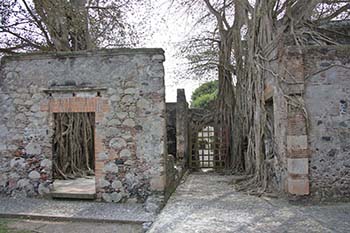 Arriving at La Antigua, make your way to the Casa de Cortés, a 26 room structure with a courtyard. It was built from orange-brown ballast bricks, coral and river stones taken from the nearby Antigua River. You will know you are there when you see Amate trees insidiously engulfing the walls and doorways of this “modest” home like some creature out of a horror movie. You can still find traces of how this structure may have looked in the 16th century when you see the tile flooring and weathered plaster in some of the rooms. A rusty old 12-pound cannon lies outside to provide that warm inviting atmosphere that comes with every home, because you just never know who might drop by for a visit like pirates, indigenous raiding parties or a mother-in-law.
Arriving at La Antigua, make your way to the Casa de Cortés, a 26 room structure with a courtyard. It was built from orange-brown ballast bricks, coral and river stones taken from the nearby Antigua River. You will know you are there when you see Amate trees insidiously engulfing the walls and doorways of this “modest” home like some creature out of a horror movie. You can still find traces of how this structure may have looked in the 16th century when you see the tile flooring and weathered plaster in some of the rooms. A rusty old 12-pound cannon lies outside to provide that warm inviting atmosphere that comes with every home, because you just never know who might drop by for a visit like pirates, indigenous raiding parties or a mother-in-law.
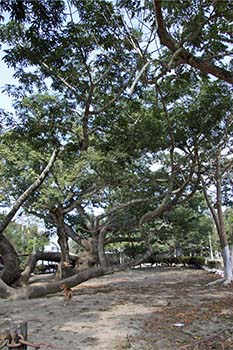 Walk towards the river and you find the massively large and gnarled tree known as the Ceiba de la Noche Feliz. One root running along the ground is over 65 feet long and at least 3 feet in diameter. Cortés and his men were said to tie their boats to this tree. When you see how far this tree is from the river, they either used very long ropes or the river has since changed its course and moved further away.
Walk towards the river and you find the massively large and gnarled tree known as the Ceiba de la Noche Feliz. One root running along the ground is over 65 feet long and at least 3 feet in diameter. Cortés and his men were said to tie their boats to this tree. When you see how far this tree is from the river, they either used very long ropes or the river has since changed its course and moved further away.
A short walk away is the Ermita del Rosario, the oldest chapel on the mainland of the Americas. The white plaster façade has 3 bells hanging over the front door. Inside you find a vaulted nave with a rather plain looking altar and brown park bench-like pews. Do not confuse this chapel with another church known as the Iglesia de Cristo de Buen Viaje which you must pass before arriving at the Ermita del Rosario. You can distinguish the two because the Ermita does not have a red dome on its roof while the Iglesia does.
La Antigua was the main port of entry into New Spain for almost 80 years but it too was abandoned in 1599 due to frequent flooding. Galleons were lifted up with the rising water and sometimes left stranded on shore. What did the Spanish do then? In 1600 they returned to where it all began and settled at Chalchihuecan, the third and final Veracruz, opposite the then relatively new Fuerte (fort) de San Juan de Ulua, but that is a different story.
If You Go:
To visit the Malecon in present-day Veracruz, walk along the harbor on San Miguel Aleman Valdes on Insurgentes.
The Gran Café de la Parroquia is located on the Malecon, across from the Mercado de Artesanias on San Miguel Aleman Valdes on Insurgentes. A glass of Lechero Grande Coffee cost 40 pesos at the time of our visit. Cempoala (sometimes spelled Zempoala) is 49 km north of Veracruz. Admission to the archeological zone is 50 pesos.
Punta Villa Rica de la Veracruz is 80 km north of present-day Veracruz on Highway 180. Look for the sign labeled Villa Rica Playa on your right to enter the village. There are no signs to direct visitors to the stone foundations. The locals may be able to provide you with directions to the ruins but some Spanish will be required as English is not widely spoken in this area.
The road to Quiahuiztlan is directly opposite to that of Punta Villa Rica. Turn to the left and drive 4 km uphill. Admission is 40 pesos.
La Antigua is 18 km north of present-day Veracruz. All sites here are free to visit. The Casa de Cortés is located at Avenida Independencia at Calle Ruiz Cortés. Admission is free. The Ceiba tree and the Ermita del Rosario are approximately a half block away in opposite directions from the Casa de Cortés.
In order to visit all of these sites, you will require either a rental car or a taxi for the day. Taxis are inexpensive and you should negotiate a price. Also note that a car or taxi from Veracruz must pass through a tollgate just south of La Antigua so factor this cost into the price as well if you drive or hire a taxi.
About the author:
Troy Herrick, a freelance travel writer, has traveled extensively in North America, the Caribbean, Europe and parts of South America. His articles have appeared in Live Life Travel, International Living, Offbeat Travel and Travels Thru History Magazines.
Photographs:
Diane Gagnon, a freelance photographer, has traveled extensively in North America, the Caribbean, Europe and parts of South America. Her photographs have accompanied Troy Herrick’s articles in Live Life Travel, Offbeat Travel and Travels Thru History Magazines.




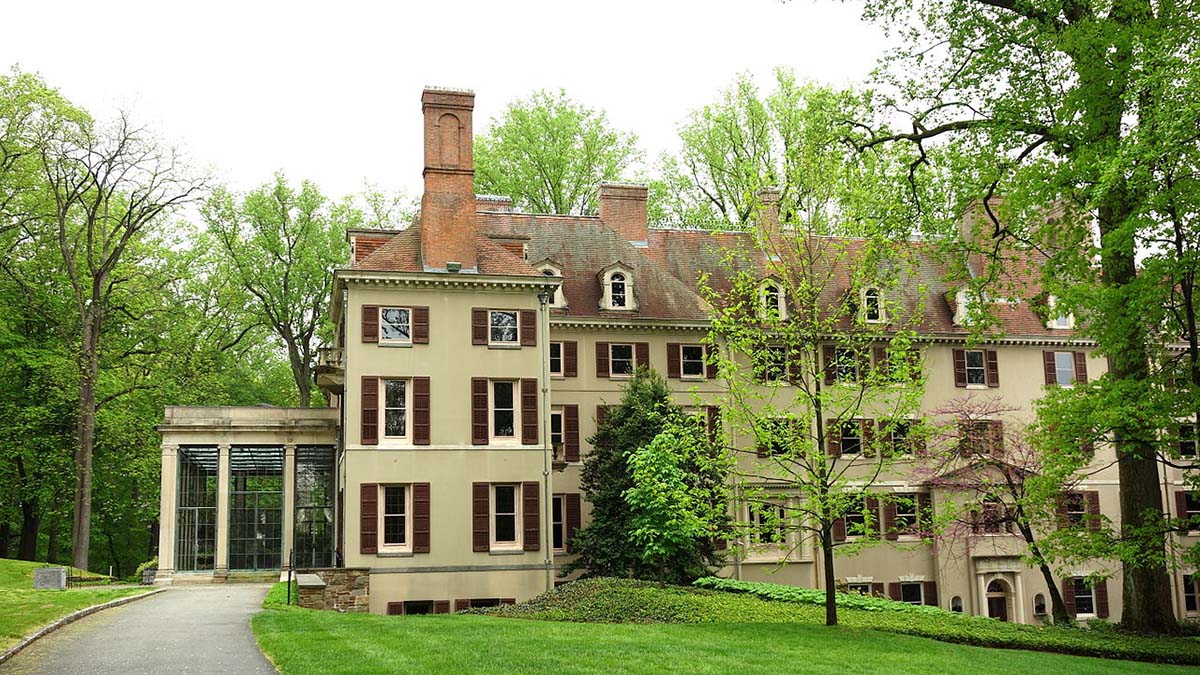
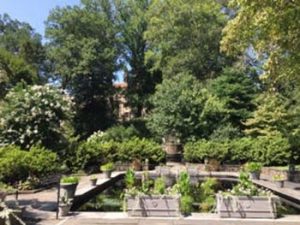

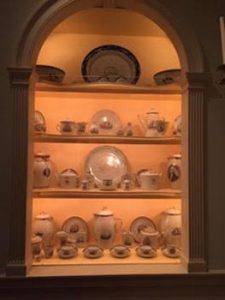
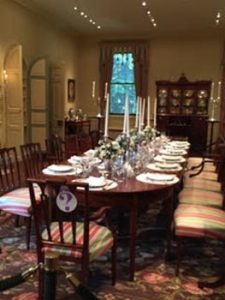


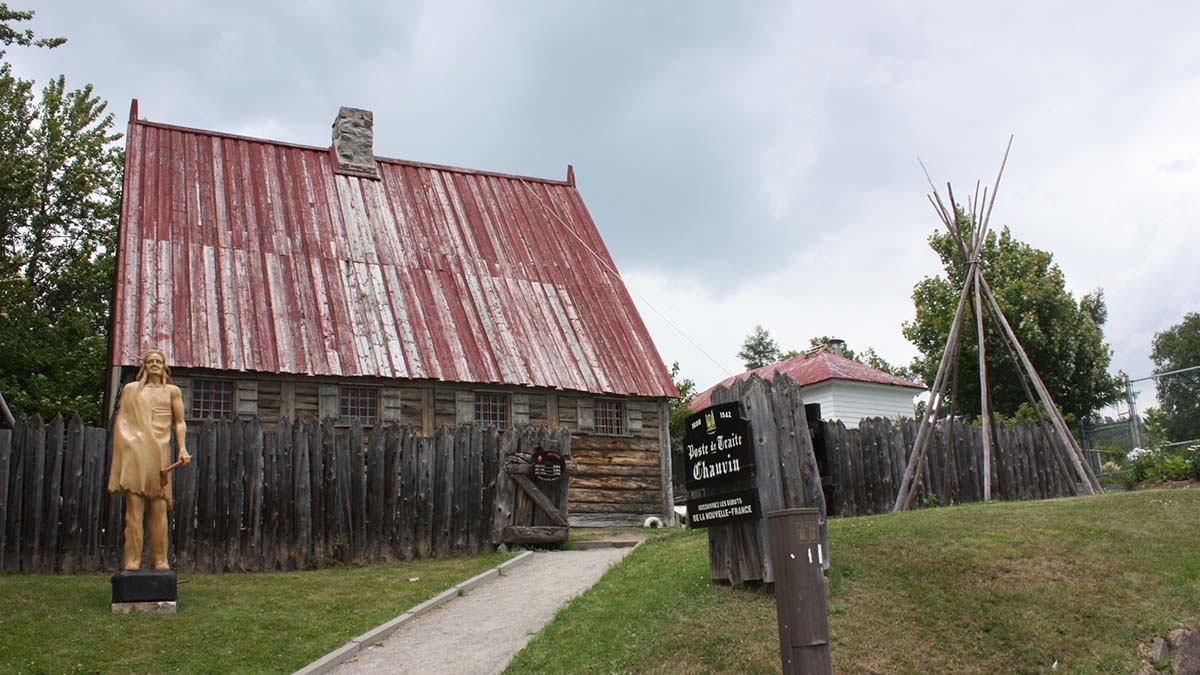
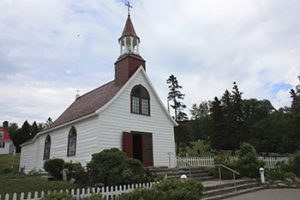

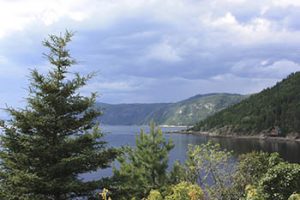


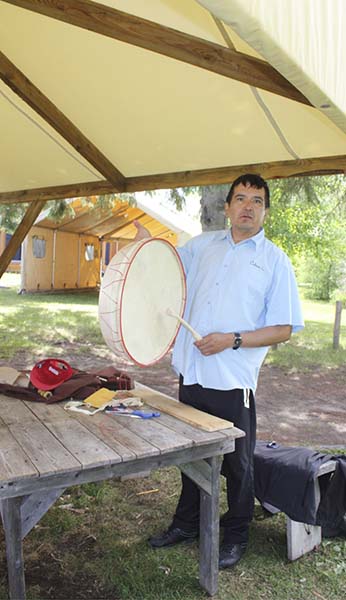 Our guide showed us a 20-inch diameter tambourine-like drum fashioned using a leather hide stretched over a circular wooden frame. She indicated that such a drum was a traditional hunting tool. While my first thought was that it would more likely scare the animals away, I could not have been more wrong. The elders would beat this drum and enter a trance-like state. Upon awakening they reported where the best hunting grounds were to be found.
Our guide showed us a 20-inch diameter tambourine-like drum fashioned using a leather hide stretched over a circular wooden frame. She indicated that such a drum was a traditional hunting tool. While my first thought was that it would more likely scare the animals away, I could not have been more wrong. The elders would beat this drum and enter a trance-like state. Upon awakening they reported where the best hunting grounds were to be found.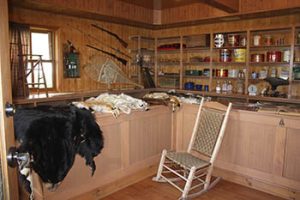

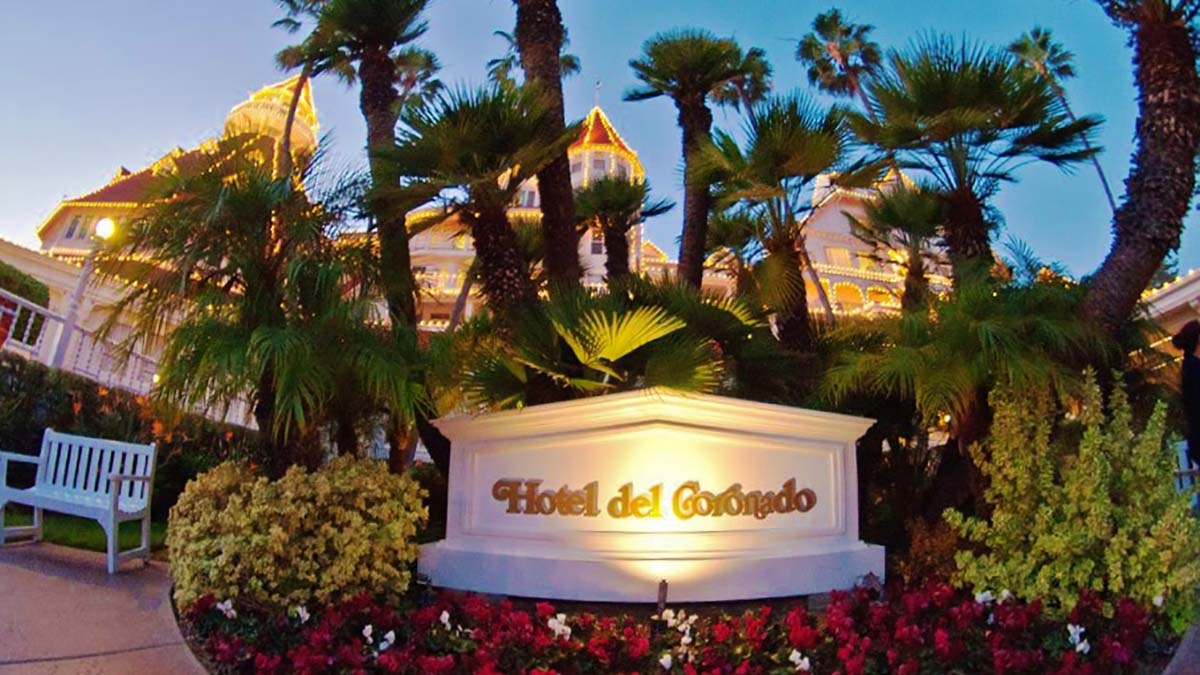

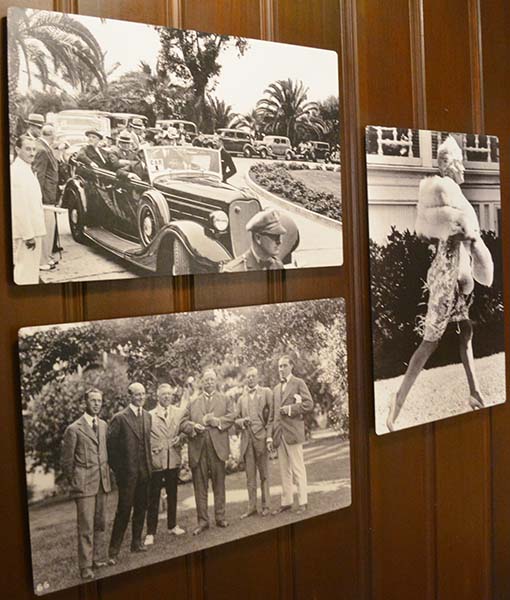 This “Grand Lady of the Sea” is also reputed to be the setting of one of the most famous love stories of our time. It’s widely reported that Wallis Simpson, married to a U.S. naval officer at the time and living in Coronado, met her future husband at a grand banquet at the hotel in 1920, thereby changing the course of history.
This “Grand Lady of the Sea” is also reputed to be the setting of one of the most famous love stories of our time. It’s widely reported that Wallis Simpson, married to a U.S. naval officer at the time and living in Coronado, met her future husband at a grand banquet at the hotel in 1920, thereby changing the course of history.
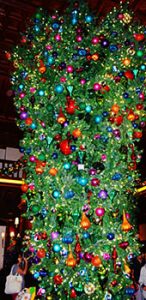
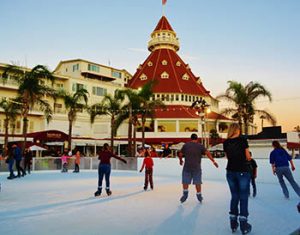

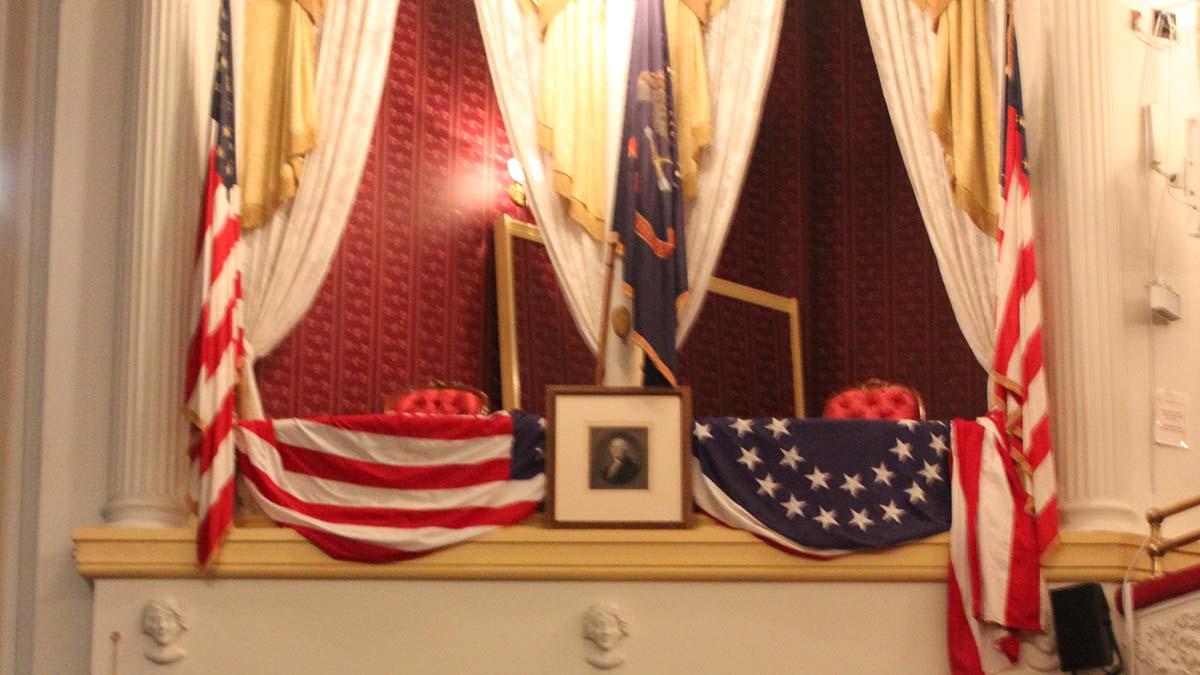
 From the ground level, you can climb up the set of stairs to the balcony level, where you are able to stand next to the Lincoln Box. (The interior of the Box is closed to the public to protect it from damage).
From the ground level, you can climb up the set of stairs to the balcony level, where you are able to stand next to the Lincoln Box. (The interior of the Box is closed to the public to protect it from damage).